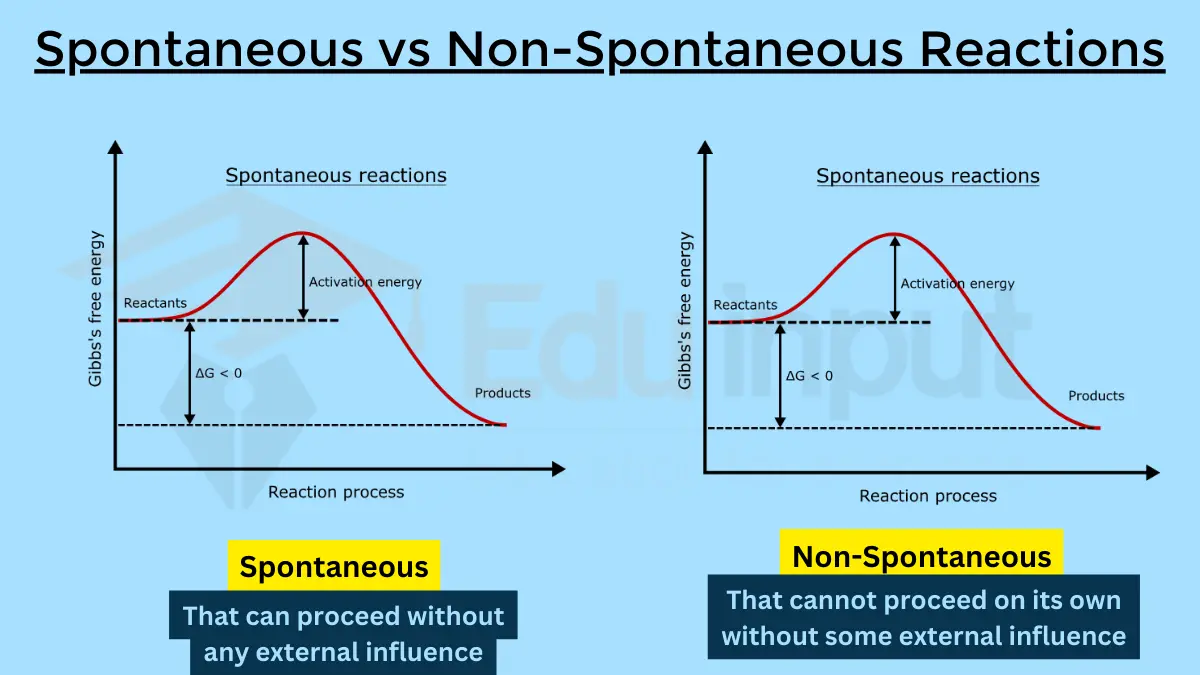Difference Between Glucoside and Glycoside
Key Difference
Glucosides and glycosides are both Chemical compounds that belong to a class of substances known as glycosylated molecules, but they differ in the specific sugar component they contain.
A glucoside is a type of glycoside where the sugar part of the molecule is glucose. In contrast, a glycoside can contain any type of sugar, such as fructose, galactose, or glucose, as part of its structure. The sugar component in glycosides is attached to another functional group, often a non-sugar substance, through a glycosidic bond.
Comparative Analysis
- Sugar Component:
- Glucoside: Specifically contains glucose as the sugar unit.
- Glycoside: Can contain any type of sugar.
- Chemical Structure:
- Glucoside: Glucose linked to another functional group.
- Glycoside: A sugar linked to another non-sugar substance.
- Examples and Occurrence:
- Glucosides: Found in plants like almond and apricot seeds.
- Glycosides: Broad occurrence in plants and medicines, like heart glycosides.
- Biological Role:
- Glucosides: Vary depending on the specific compound.
- Glycosides: Diverse roles, including therapeutic properties.
- Chemical Properties:
- Both: Properties vary based on the non-sugar component.
Table Summary of Glucoside and Glycoside
| Feature | Glucoside | Glycoside |
|---|---|---|
| Sugar Component | Glucose | Any type of sugar |
| Chemical Structure | Glucose + non-sugar group | Sugar + non-sugar group |
| Examples | Almond, apricot seeds | Heart glycosides, plant compounds |
| Biological Role | Varied | Varied, including medicinal |
| Chemical Properties | Depends on non-sugar part | Depends on non-sugar part |
Conclusion: Glucosides and glycosides are similar in that they both involve a sugar component bonded to another functional group. The primary difference lies in the type of sugar present; glucosides specifically contain glucose, whereas glycosides can include a variety of sugars. This distinction is crucial in understanding their varied biological roles and chemical properties.





Leave a Reply